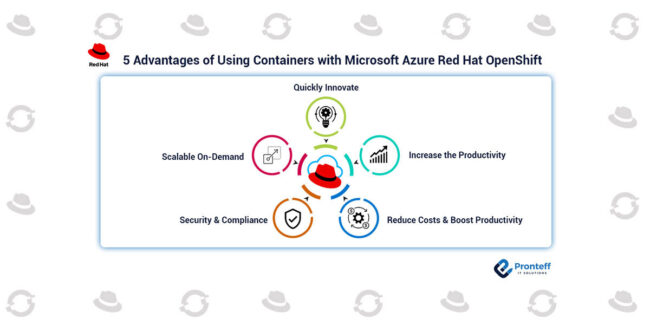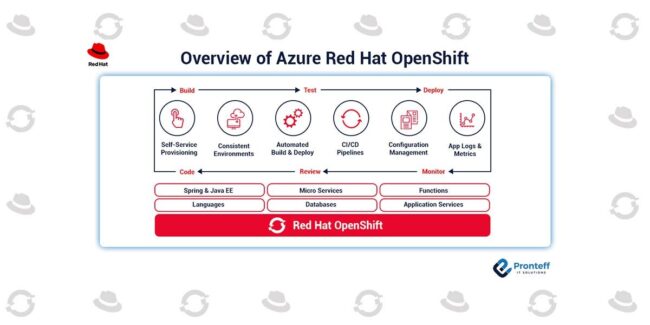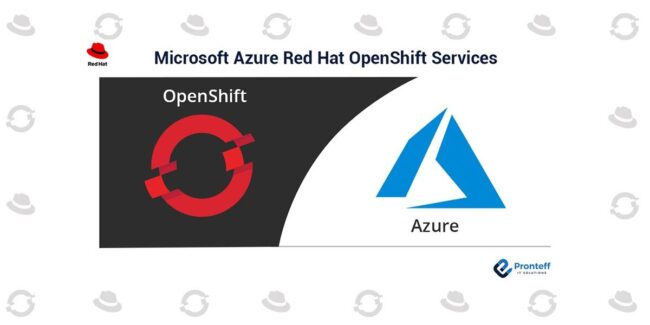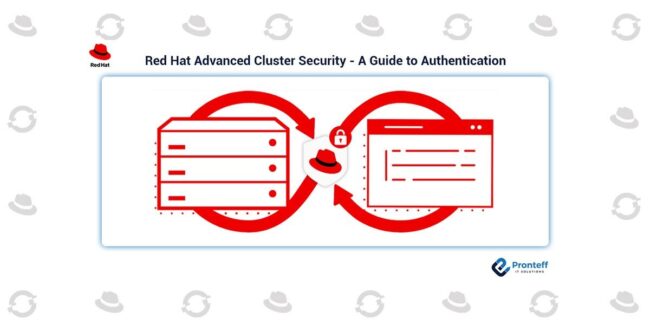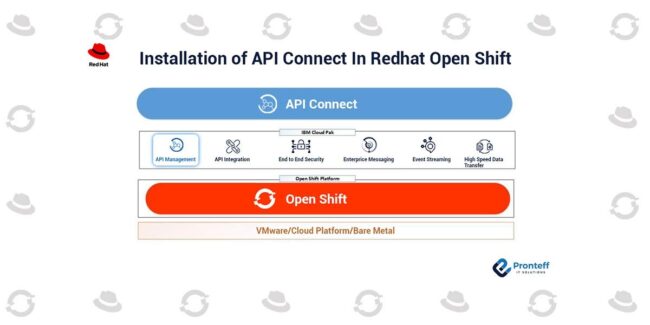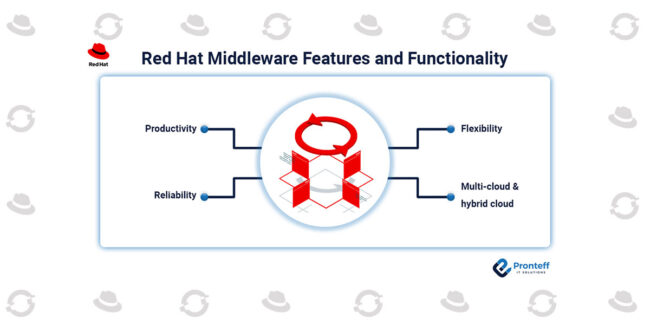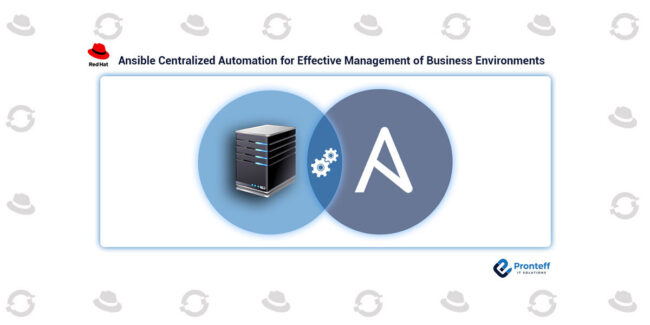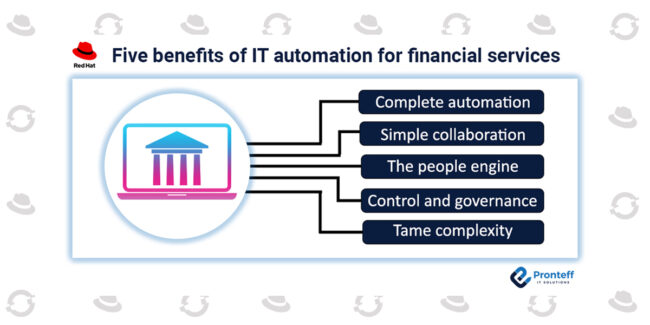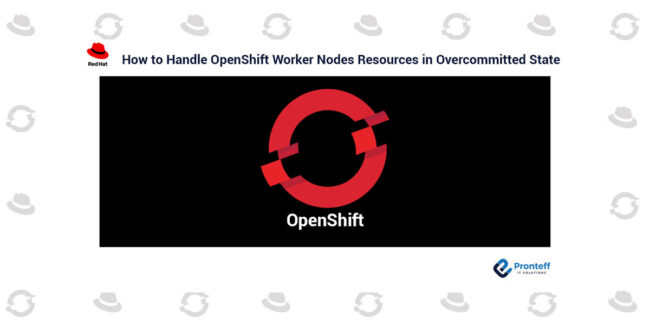RedHat Expands Multicloud Transformation and Hybrid Innovation Foundation
RedHat Expands Multicloud Transformation and Hybrid Innovation Foundation RedHat, the world’s leading provider of open source solutions, has released Red Hat Enterprise Linux 8.5, the latest edition of the world’s premier enterprise Linux platform. Red Hat Enterprise Linux is a standard, the open operating system for cloud computing, traditional data center operations, and edge computing.…



